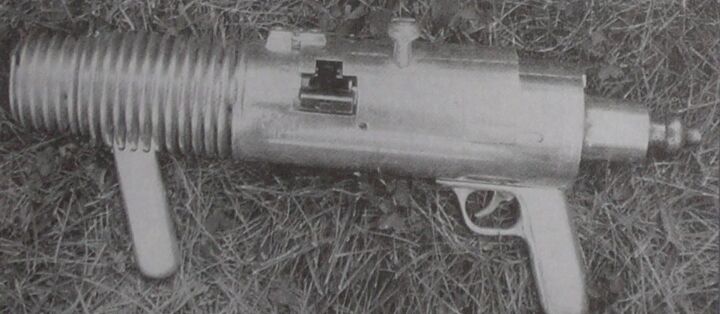Hello and welcome back to another edition of The Rimfire Report. This ongoing series is all about the rimfire firearm world and its various firearms, ammunition, and technologies. This week we have a very interesting firearm I didn’t even know existed until fellow writer Doug E sent over a few snippets from The Gun Digest Book of Assault Weapons 5th Edition. In this book, the Williams/Lisk 22 Rimfire is featured and marked as a design that never quite made it into production. The Williams/Lisk 22 Rimfire was basically an American 180 on steroids but in belt-fed form and I don’t know how you can’t have fun with a belt-fed rifle especially when the ammunition is so inexpensive. So today we’ll dive into the Williams/Lisk 22 Rimfire and see what the impetus was for its invention and also why it never quite made it to the production stage of its life and is now all but a forgotten memory of the firearm world.
More Rimfire Articles @ TFB:
- POTD: G&G MP5 with Sightmark Wraith HD Day-Night Vision
- All WOOX Chassis Now Available For Ruger 10/22 Rifles
- HOT GAT or FUDD CRAP? Target Classic or American Tragic?
- Vudoo Gun Works Releases the McMillan U-1 Equipped Ravage
- The Rimfire Report: Colt Woodsman Match Target Pistol
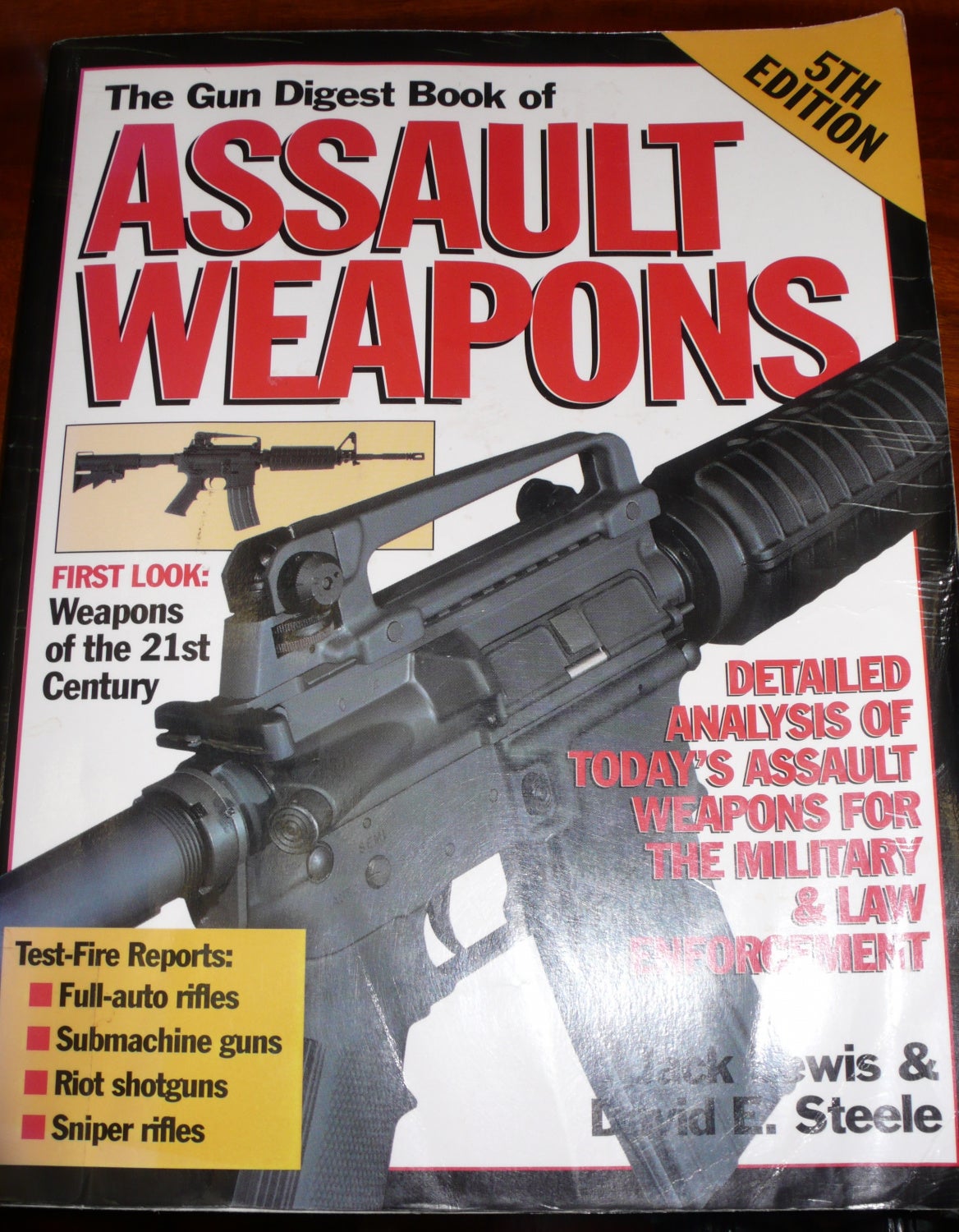
Photo: Doug E. – Gun Digest Book of Assault Weapons 5th Edition
The Rimfire Report: The Williams/Lisk 22 Rimfire Belt-Fed Submachine Gun
Williams/Lisk 22 Rimfire Submachine Gun Specifications/History
- Name: Williams/Lisk 22 Rim-Fire Submachine Gun
- Caliber: .22 Long Rifle
- Operation: Gas-operated; belt-fed; open bolt
- Cyclic Rate: 1,500 to 2,700 rounds per minute (adjustable with a knob at the rear of the gun)
- Weight: 12 Pounds Unloaded / 22 Pounds with 1,000-round belt (presumably 40-grain round nose)
- Length: 26-inches
- Stock: None (some mockups featured a wire stock similar to the M3 Grease gun)
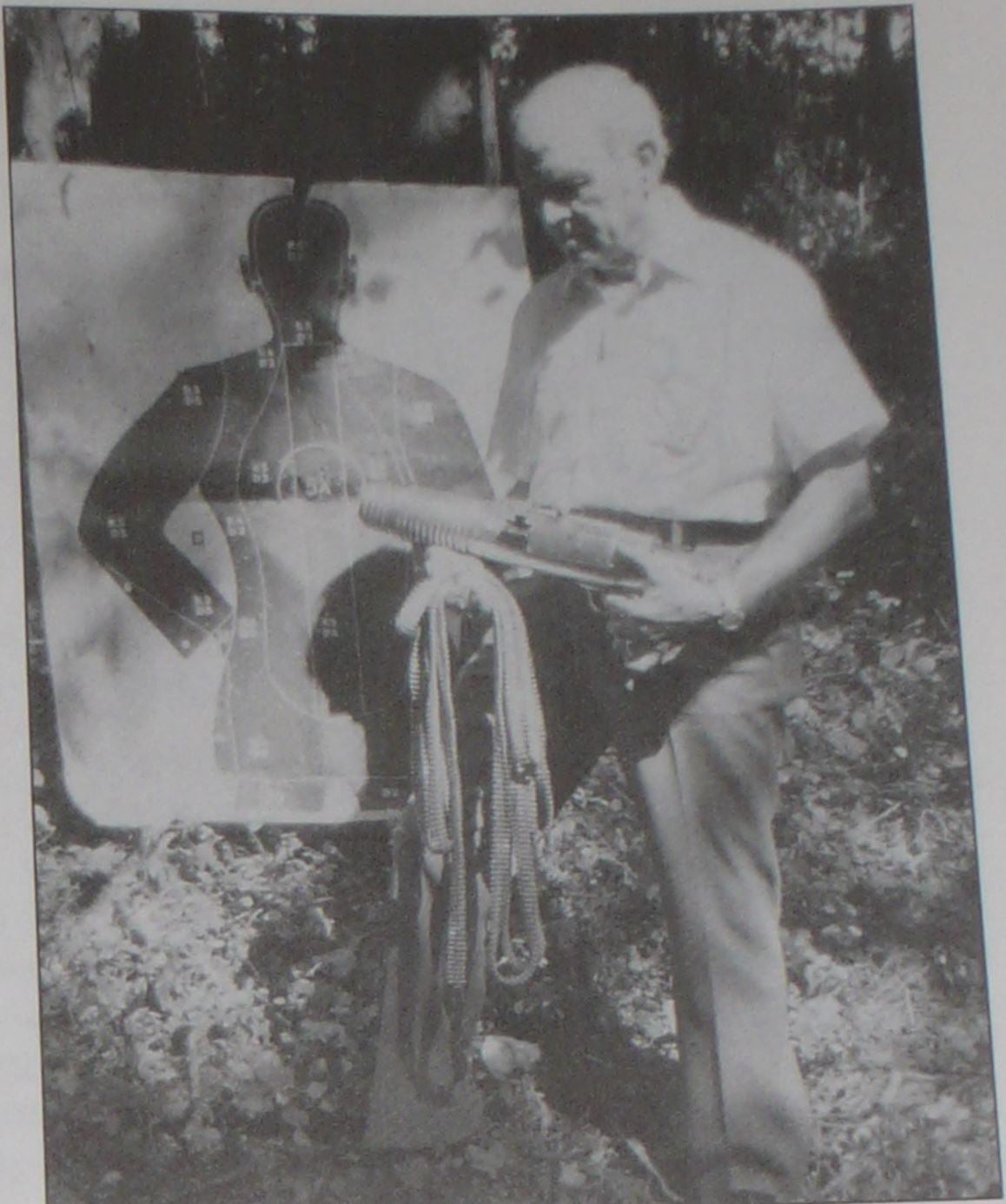
So what exactly was the Williams/Lisk 22 Rimfire? Besides being chambered in .22LR and being a belt-fed rifle, very little else is published about this odd rifle on the internet and we basically only have the old article written in the Gun Digest book. Designed by the famed creator of the M-1 Carbine, Marsh Williams, the design for the Williams/Lisk 22 Rimfire was hatched while Williams was in federal prison for the murder of North Carolina Deputy Alfred Jackson Pate. Williams would later go on to be employed by Winchester where he would continue to develop various firearms, one of which would be a joint development by himself and L.E. Lisk.
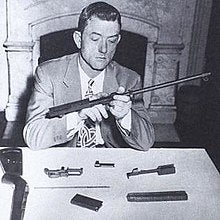
One of the few Photos of David Marshall Williams who designed the Williams/Lisk 22 Rimfire Submachine Gun (fair use)
Lisk was a traditional earth 20th-century farm boy who received a traditional upbringing with firearms as was and still is a custom in the United States. Aside from Mossberg pump-action shotguns, Lisk also received a single shot .22LR rifle for his 12th birthday which he used to take rabbits for food and dispatch disease-spreading pigeons from off of his family’s barn. Lisk would eventually be brought on in the post-World War II years by Williams as a partner for the creation of a 22 rimfire machine gun. Beginning in 1956, Lisk aided Williams in the development of this project, and in total 3 prototypes were produced.

Before the rifle could gain traction, Williams died at the age of 74, and in his will, he left total ownership of the 22 rimfire machine gun design to Lisk. In the 15 years preceding the death of Williams, he and Lisk made a few modifications to the firearm despite its relatively simple design but eventually, L.E. Lisk completed the gun in 1977 and brought it to the Aberdeen proving grounds where the U.S Amry Infantry Board tested the little machine gun and saw that it performed flawlessly in all tests. However, despite its performance, Lisk refused to turn over the weapon for further tests until his request for $10 Million for the invention was met.
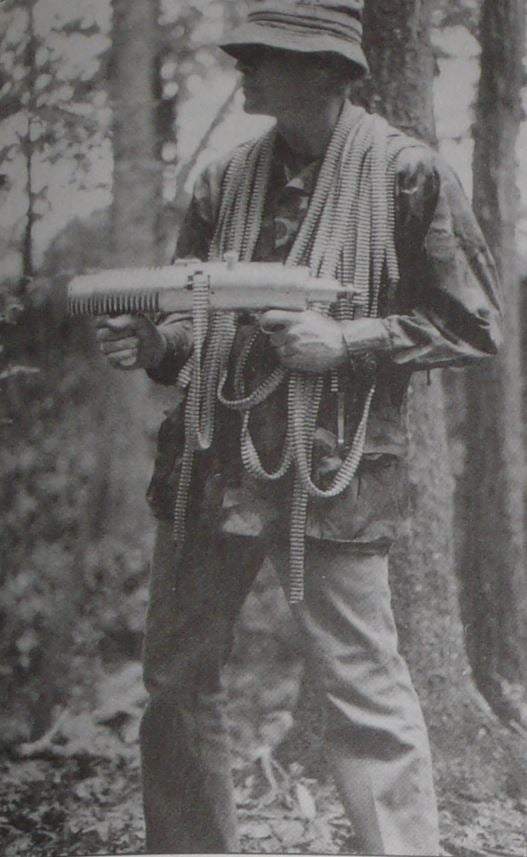
Testing and Development
Lisk refused to give over the Williams/Lisk 22 Rimfire belt-fed to the U.S. government but that didn’t mean they weren’t at least initially interested in the design after seeing its performance. Lisk was told when he left the Maryland test site that he would be contacted within a few weeks to return to the Aberdeen proving grounds for further testing and negotiations, however, it would take the U.S. Army an additional 3 years before they would contact him again. Once again, Lisk refused to let the gun out of his hands without his request being met.
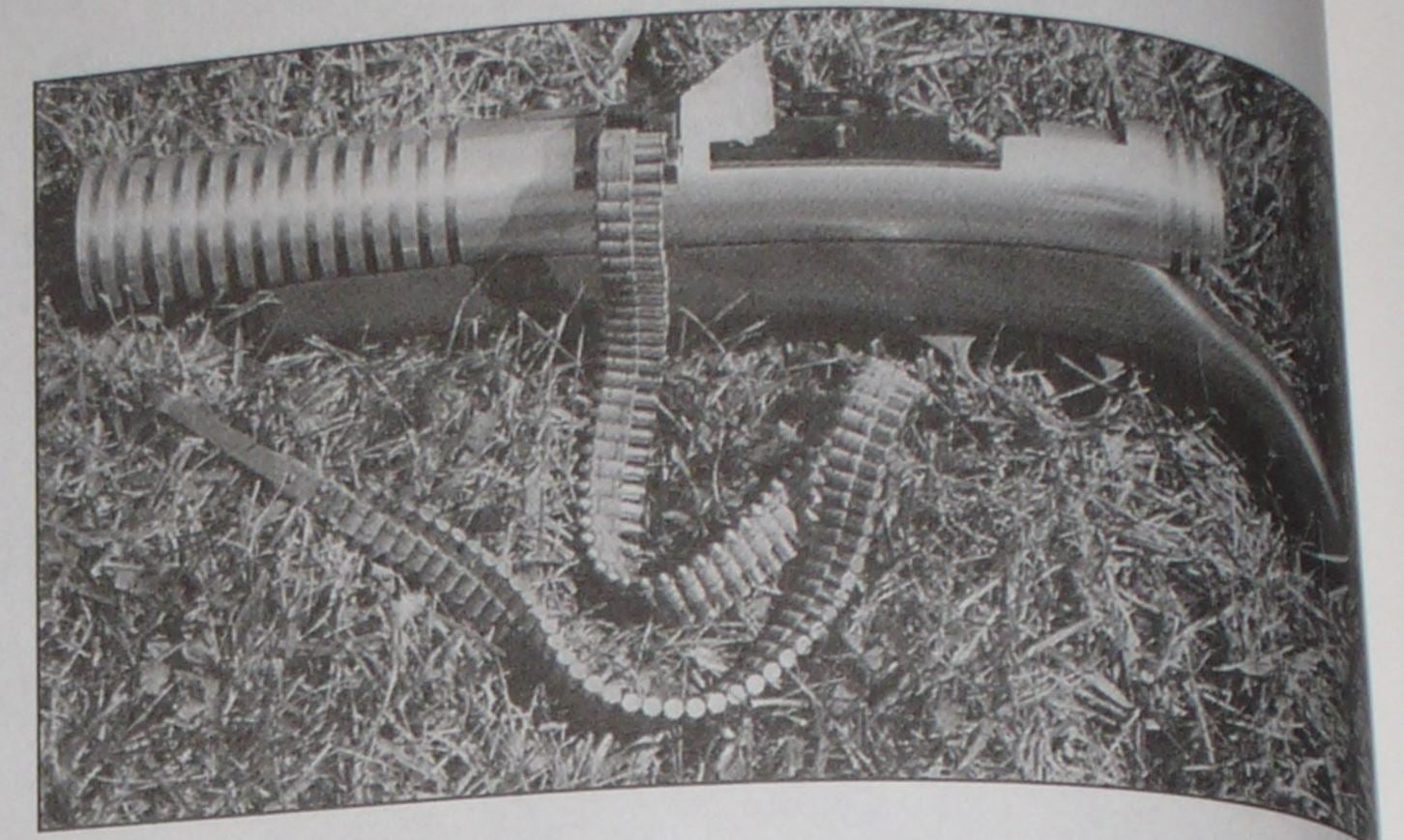
The first prototype with a loaded section of the belt (notice the lack of a forward grip underneath the barrel vent ribs)
After this second request for a meeting, the history of the Williams/Lisk 22 Rimfire becomes as muddy as this Mississippi river. Rumors were that Lisk has several offers from foreign countries for the design of the gun but those were allegedly also refused as Lisk wanted the rifle to be produced and used by his own nation. Although .22LR would prove to be effective at ranges under 200-yards, Lisk wanted to further develop the design by having it chambered in larger calibers but rimfire was first used to reduce the cost of developing and testing the weapon.
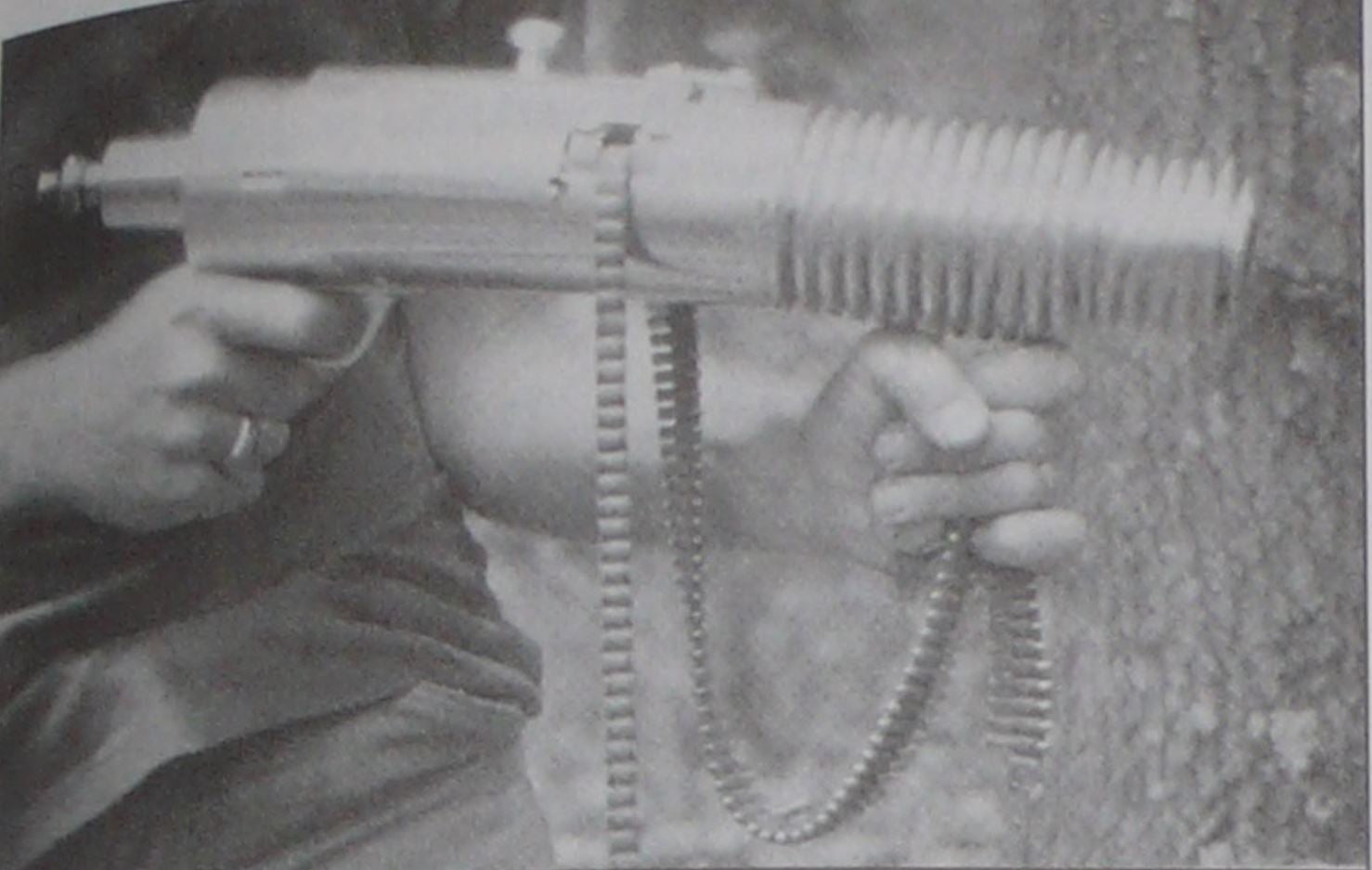
Test reports revealed that the SMG was more than capable of sustaining over 60-seconds of fire without stressing the user out or making them struggle from the recoil of the gun. The barrel featured cooling fins that were intended to serve as both a grip and test reports also showed that even with a full 60-seconds of fire, no discomfort was felt from the heat of the barrel. The gun had no provisions for semi-auto fire and was intended to only be fired in full-automatic mode presumably by special military forces and guerrilla units. Captain Roberts conducted much of the testing during the 1980s and said that there was virtually no barrel climb and that the recoil was negligible. The gun was intended to be fired from the hip using the two aluminum grips and featured no sights or stock although it is presumed that the wire stock would have been eventually added.
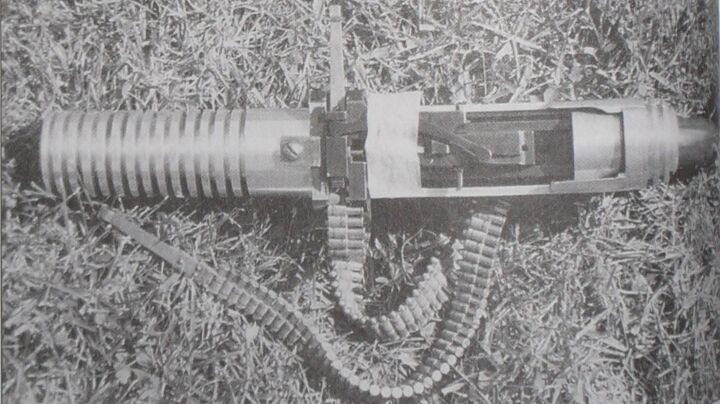
As a final added benefit to the Williams/Lisk design, no lubricants were intended to be used with the gun, and apparently adding any lubricants to the gun was discouraged by Lisk as it could cause the gun to malfunction. Other worries about the design included the length of the 1,000 round belt would end up being over 21-feet long (each 1-foot section of belt held 47 rounds). It was thought that such a long belt would not only be difficult to carry (weighing 10-pounds) but could also potentially trip up the operator as it dragged through the ground.

Modern Day Firearms Mystery
The Lisk design would eventually fall off the map altogether with rumors abounding about what happened to the two other prototypes as well as the plans and blueprints. One rumor persists that the design was sold to a Saudi Arabian millionaire but this can’t be proved as no new Lisk firearms have popped up anywhere. Lisk eventually loaned the Williams/Lisk 22 Rimfire to the Greensboro Historical Museum where it remains today as its permanent home.
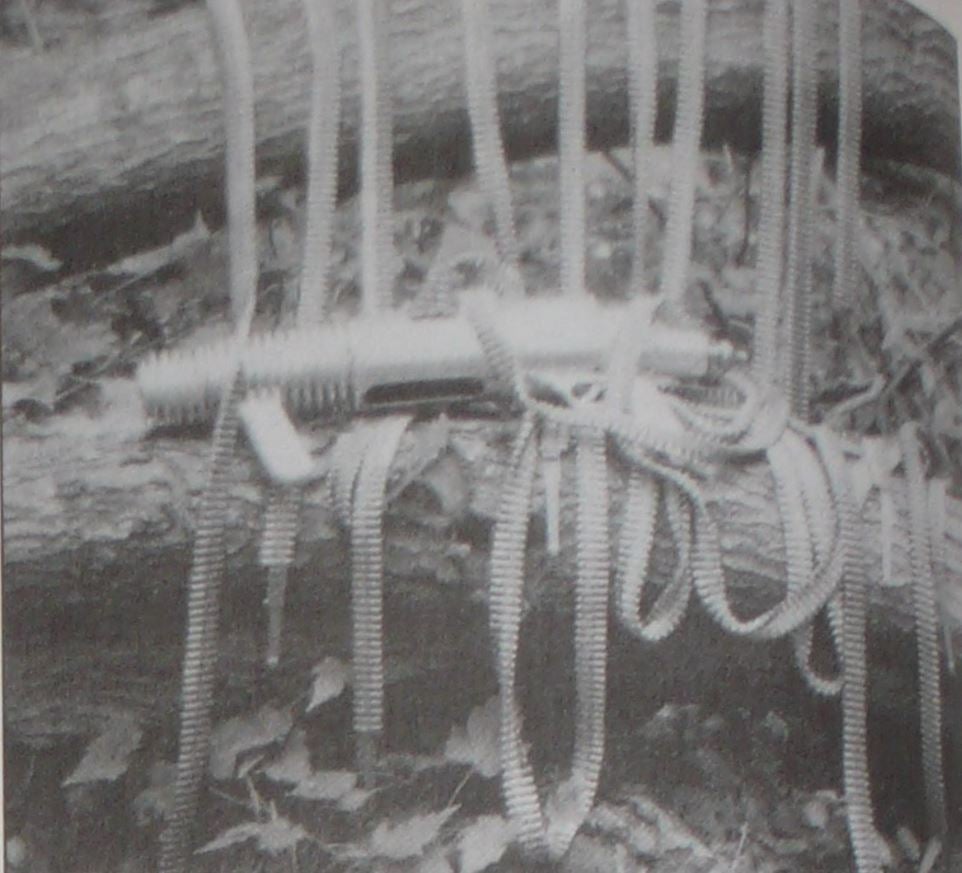
Truly the Williams/Lisk 22 Rimfmre submachine gun is a mystery unto itself. I was unable to contact the Greensboro Historical Museum for photos or information but what I was able to glean from local news articles and the Gun Digest book was more than enough to start off what will no doubt be a mystery I will enjoy unraveling as time goes on.
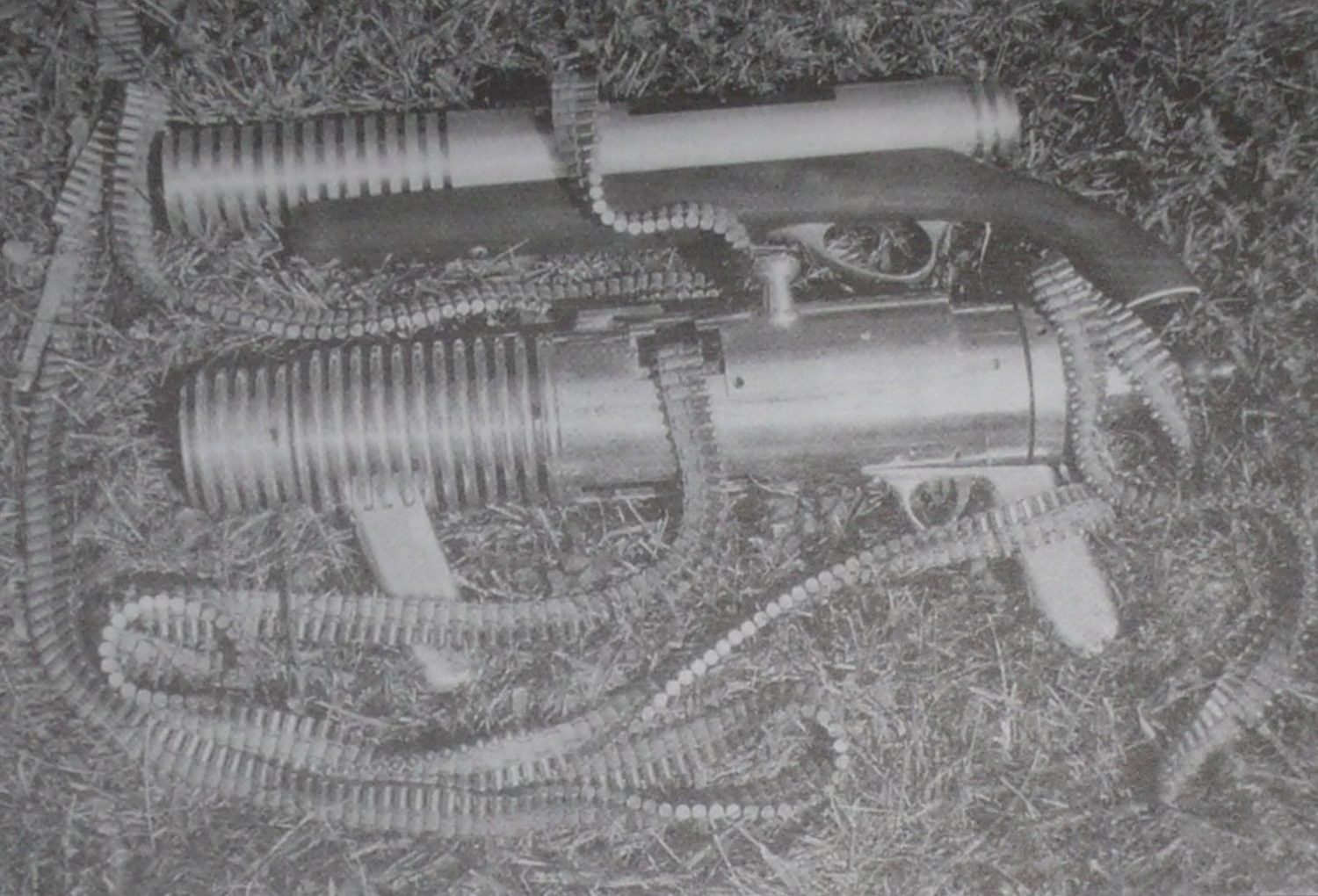
Thanks as always for reading TFB and The Rimfire Report. I’d be interested to see if you’ve ever heard about the Williams/Lisk 22 Rimfire or if you’ve had the pleasure of seeing it in person? Do you think that the US Army would have ever adopted the rifle if Lisk had handed over the prototype to them or is the concept of a belt-fed 22LR rifle just not suitable for modern combat? Thoughts and comments are welcome down below as always.
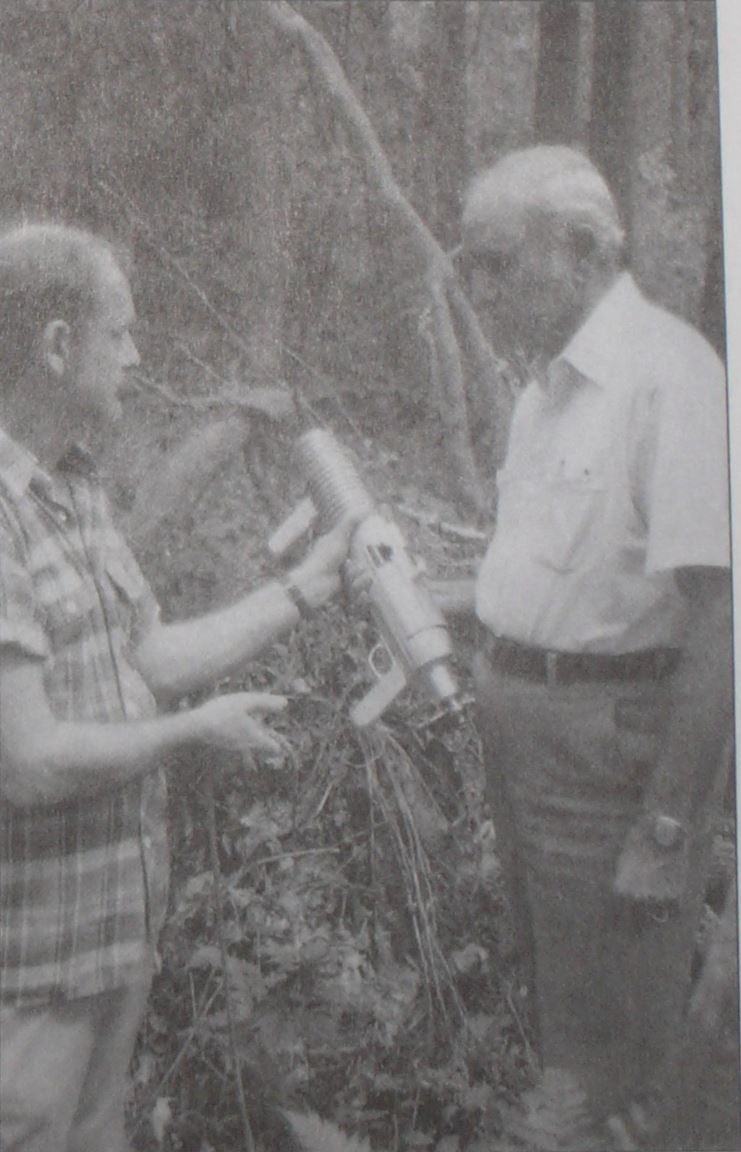
Lisk with the gun and an undefined observer to the right
 Your Privacy Choices
Your Privacy Choices
